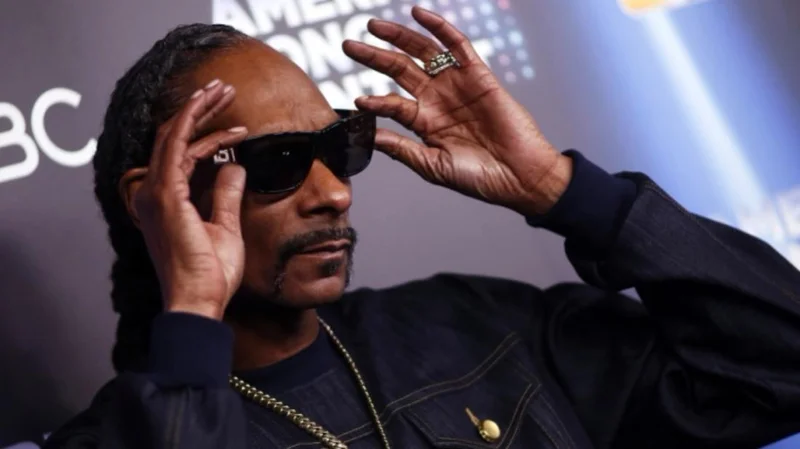Real-Time BNB Signal Analytics
Real-Time BNB Signal Analytics
Former President Joe Biden's recent appearance at the Ben Nelson Gala in Omaha, Nebraska, has generated the usual flurry of headlines. But let's cut through the noise and look at what this event really signals, based on the available data (and, admittedly, a few gaps in it).
Biden's speech, focusing on his time in office and contrasting it with the current administration, isn't surprising. What is interesting is the location. Omaha, Nebraska – hardly a Democratic stronghold. Was this just a sentimental trip down memory lane, or is there a more calculated strategy at play?
Biden referenced an upcoming election for an open seat in Omaha, urging attendees to "dream big." While this sounds like standard political rhetoric, let's consider the context: Nebraska is one of two states that splits its electoral votes. The 2nd congressional district, which includes Omaha, is a potential swing district. Focusing on this district, even years out from a presidential election, could be a strategic move to chip away at the Republican advantage. A few hundred attendees at a gala might seem insignificant, but the media coverage generated, especially if amplified online, could have a ripple effect.
The former president also mentioned the SNAP benefit pause and the East Wing demolition. These aren't just random complaints; they are carefully chosen issues designed to resonate with specific demographics. The SNAP pause directly impacts lower-income families, while the East Wing demolition (assuming that's a widely disliked decision) could galvanize more moderate voters who value tradition and stability.
The honoring of Biden by four Native Nebraska tribes is another data point worth examining. The gesture – draping a blanket quilt over his shoulders followed by a performance – is a significant cultural symbol. What specific promises were made or fulfilled to warrant such recognition? Details on this remain scarce, but the visual impact of the ceremony is undeniable. It projects an image of Biden as a respected figure within the Native community, which could influence voter turnout in areas with significant Native populations. (And this is the part of the report that I find genuinely puzzling – did the Biden team coordinate this, or was it an independent gesture? The answer would tell us a lot about the political calculus behind the event.)

It's also worth noting the presence of Kentucky's Democratic Gov. Andy Beshear and Omaha Mayor John Ewing Jr. This wasn't just a solo act. Beshear's participation, in particular, suggests a coordinated effort to showcase prominent Democratic figures and build momentum for future elections.
Biden declared, "The Democratic Party is back…Tuesday night was a good start." While the statement lacks specific data to back it up, it serves a crucial psychological purpose: boosting morale among party members and signaling confidence to potential donors. It’s classic political spin, but effective spin requires a kernel of truth.
The mention of radiation therapy puts a different spin on the whole thing. (Reportedly, he was undergoing radiation therapy for prostate cancer.) It humanizes Biden, reminding people of his resilience and personal struggles. This could garner sympathy and soften his image, making him appear less like a seasoned politician and more like a relatable figure.
Ultimately, the success of Biden's Omaha visit hinges on whether it can break free from the echo chamber of partisan politics. A few hundred attendees at a gala are unlikely to swing an election on their own. The real impact will depend on the media coverage generated, the online engagement it sparks, and whether the Democratic Party can effectively capitalize on the momentum to mobilize voters in key districts. Is the Democratic party really back? Or is this just a temporary blip on the radar? Former President Joe Biden speaks at Ben Nelson Gala in downtown Omaha - KETV
The Omaha visit, viewed through a data lens, suggests a calculated, multi-pronged strategy aimed at regaining lost ground in key electoral districts. Whether this strategy will succeed remains to be seen, but the numbers suggest that it's more than just a nostalgic trip down memory lane. It's a deliberate effort to rebuild the Democratic brand, one district at a time.